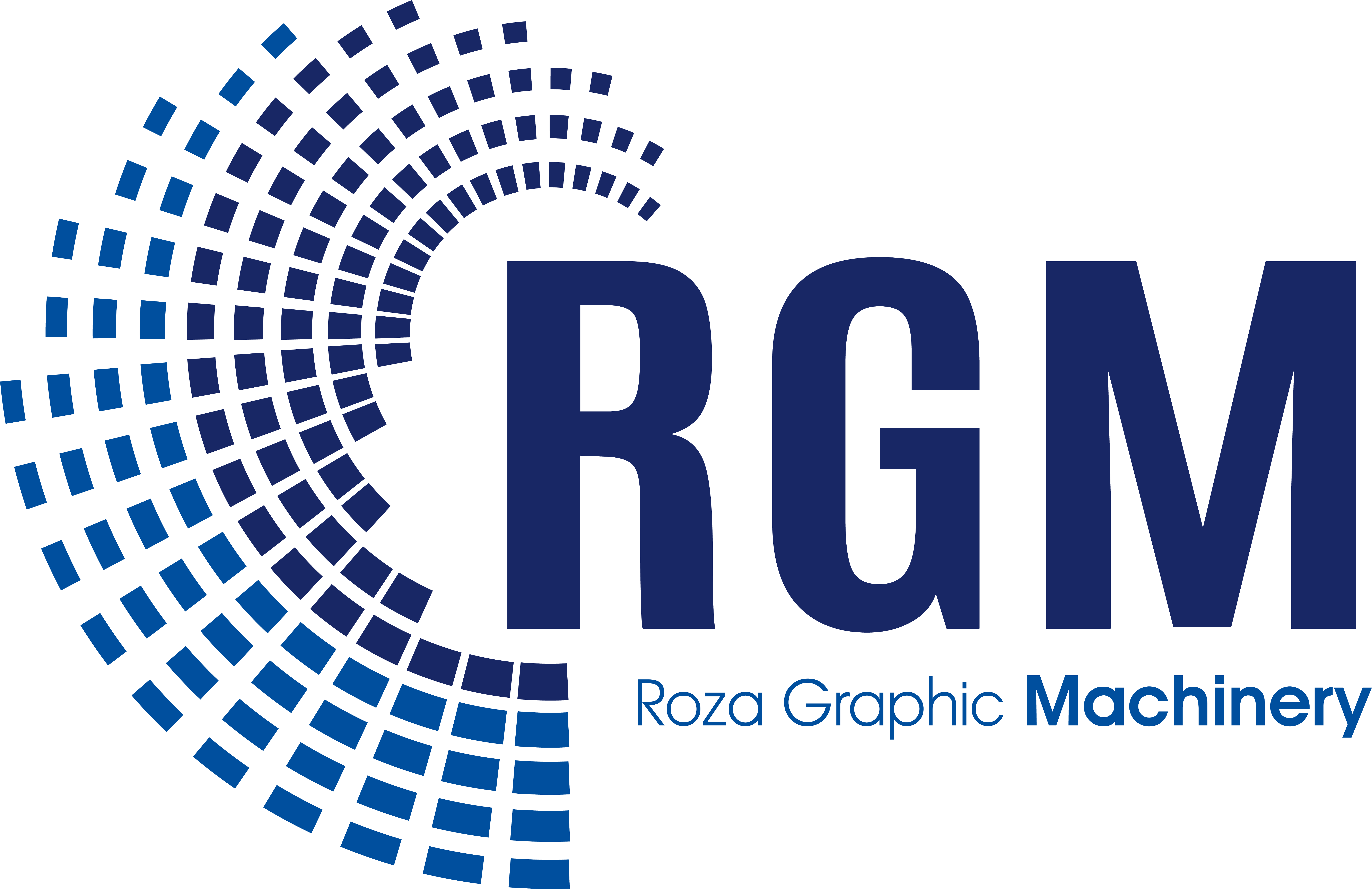Offset Printing Examples
Offset printing is a process where an inked image on a plate is transferred to paper.
A printing plate, which has been roughened and sensitized with an emulsion,
it’s place is on the top of offset machine.
The paper or other material which we need to print
is on the top of the plate and we apply pressure
by rollers or from plates that sandwich it between them.
Ink from the ink rollers spreads through the emulsion, adheres to both surfaces of the paper,
and then becomes fixed as it dries.
We can use offset printing examples for various purposes like posters, brochures, magazines etc.
Offset Printing’s Benefits
Offset printing is a process that gives the printed material a more professional and higher quality look, it’s also one of the most affordable ways to print large quantities of printed material.
It’s not only an affordable way to print large quantities,
but it also has many other benefits that make it worth the investment. Offset printing machines are faster than digital printers, which means they can produce more prints in less time. The offset presses are also capable of producing high quality prints with sharp images, crisp text and vibrant colors.
How to Choose the Right Type of Offset Printers for Your Business
We use offset printers to print high volume orders. They are also the most cost-effective and efficient option.
Offset printers have been around for a long time, and they have been the go-to printing method for most businesses. It’s easy to see why – offset printers are durable, reliable, and cost-effective.
There are three types of offset presses: sheetfed presses, web presses, and rotary presses.
We can use sheetfed presses mainly for printing books and magazines on paper sheets
that have been cut up into smaller pieces.
Web presses use a continuous roll of paper that is fed through the machine from one side to the other in a straight line.
Rotary presses use cylinders with images on them that turn while printing images on large sheets of paper or card stock.

What Are the Advantages of Offset Printing?
Offset printing is the most popular form of printing because it is affordable, durable, and of high quality.
The offset printing process begins with a piece of paper that we can see with a coat with an ink-friendly substance that we call a “fountain solution”.
The ink will be transferred from the image on the plate onto the paper sheet.
The print head uses it to spread ink across the surface of the plate in order to create an even layer of ink.
This is what we gain when we use a rubber blade or a felt pad to spread the ink evenly across the plate.
After this process, there’s excess ink on top and bottom edges of each sheet
which must be scraped off in order to prevent any smearing.
Once all sheets are printed, they are then cut into individual pieces
that we can put together for binding purposes or sent directly to customers for distribution purposes.
